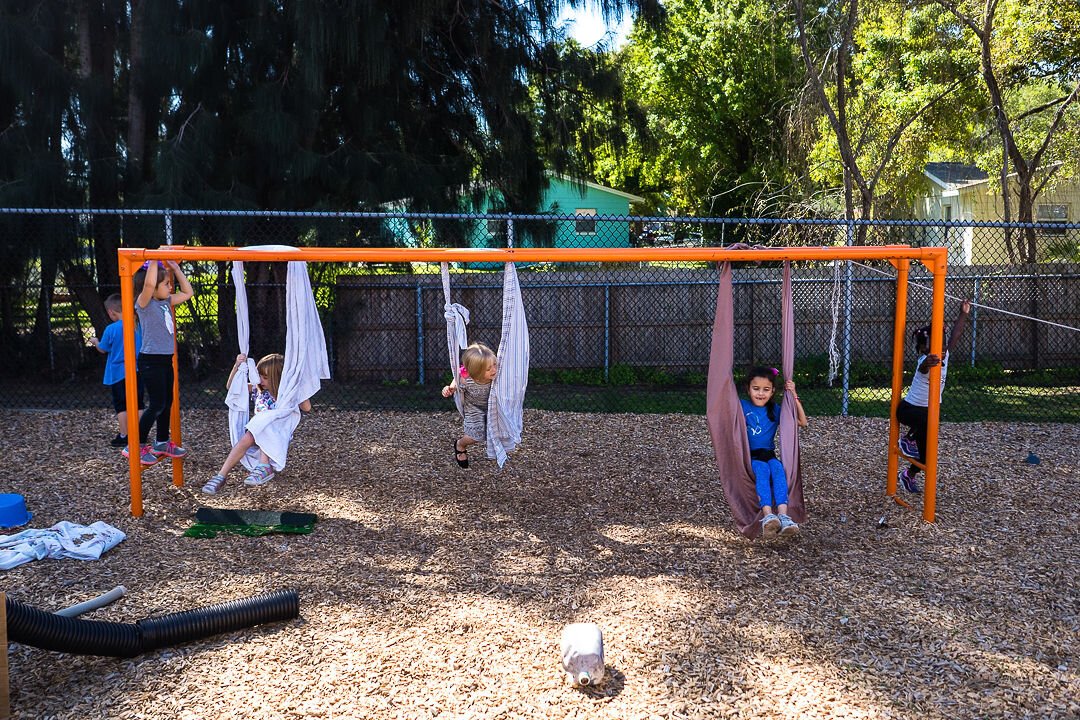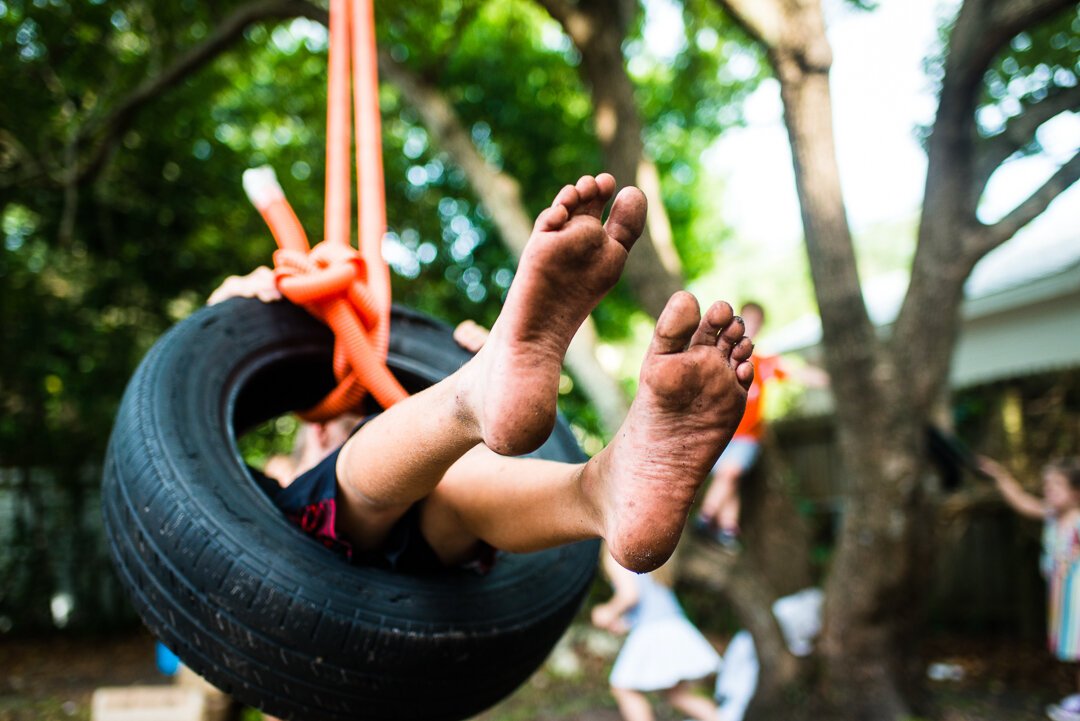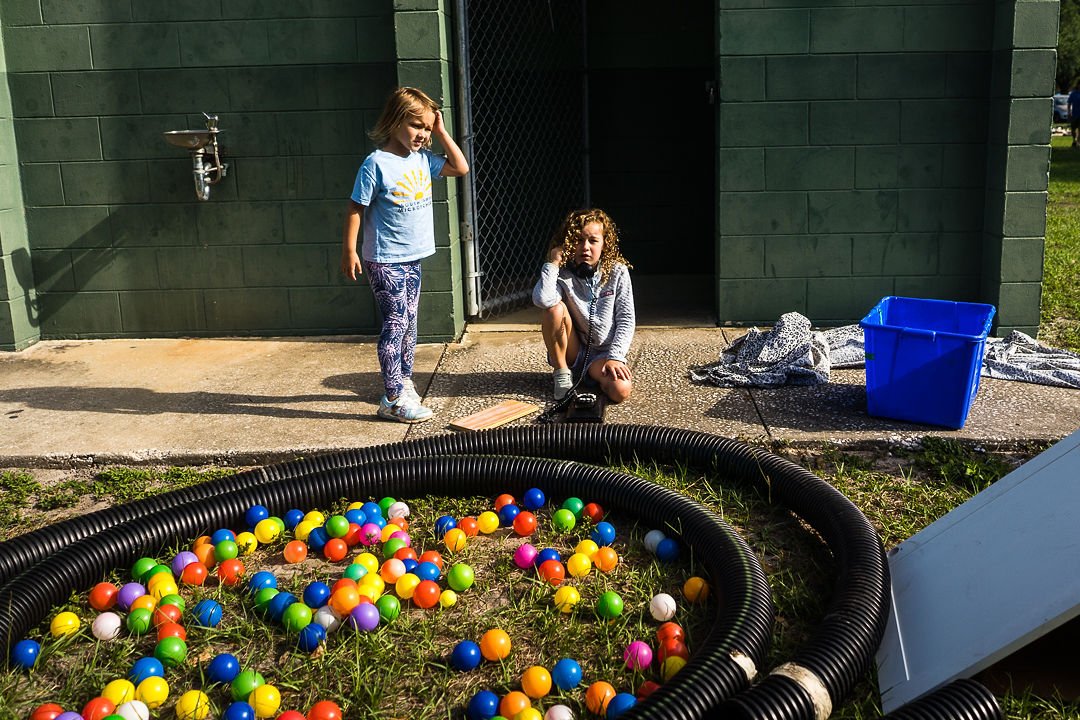
About Adventure Playgrounds
“Play, by my definition, is first and foremost, activity that is self-chosen and self-directed. It is activity you are always free to quit. Activities that are chosen, directed or evaluated are not play.”
— Peter Gray, Free to Learn





Play & Playwork
Play Defined
The term “play” is important to define and equal to the importance of a definition, is its difficulty. If you google “play” you will see a wide variety of definitions. Add in some qualifiers like “open-ended,” “self-directed,” “free", and “unstructured,” and the play waters get even muddier. For Rooted in Play purposes, we use the definition outlined in Penny Wilson’s playwork primer. She says that play is “a set of behaviors that are freely chosen, personally directed, and intrinsically motivated.”
The Playworker’s Role
A playworker’s role, quite simply, is to support and serve the play needs of children as defined by them. “The term playwork is deliberately oxymoronic. It is a craft filled with paradoxes. The playworkers are aware that in an ideal world, they should not need to exist. They manage the spaces for children's play, but this work needs to be as invisible and as unobtrusive to children as possible. The ideal playworker leaves the children free to play for themselves but intervenes in carefully measured ways to support the play process. She is aware of her own playfulness but does not impose it upon the children. She must necessarily be devoted to the playing of the children, but shun the popular role of Pied Piper. Play is the children's business."
-Penny Wilson, "The Playwork Primer"
Loose Parts
Loose parts can be anything - from a stick to a bottle cap - that a child can incorporate into their play. They can be moved, manipulated, lined up, taken apart, and put back together. Loose parts are open-ended, meaning they have no predetermined function or boundary. They are, like a child’s imagination, limitless.
The Playwork Principles
These principles establish the professional and ethical framework for playwork and describe what is unique about play and playwork, and provide the playwork perspective for working with children and young people. They are based on the recognition that children and young people’s capacity for positive development will be enhanced if given access to the broadest range of environments and play opportunities.
All children and young people need to play. The impulse to play is innate. Play is a biological, psychological, and social necessity, and is fundamental to the healthy development and well-being of individuals and communities.
For playworkers, the play process takes precedence and playworkers act as advocates for play when engaging with adult-led agendas.
Playworkers choose an intervention style that enables children and young people to extend their play. All playworker interventions must balance risk with the developmental benefit and well-being of children.
Play is a process that is freely chosen, personally directed, and intrinsically motivated. That is, children and young people determine and control the content and intent of their play, by following their own instincts, ideas, and interests, in their own way for their own reasons.
The role of the playworker is to support all children and young people in the creation of a space in which they can play.
Playworkers recognize their own impact on the play space and also the impact of children and young people's play on the playworker.
The prime focus and essence of playwork is to support and facilitate the play process and this should inform the development of play policy, strategy, training, and education.
The playworker's response to children and young people playing is based on a sound up-to-date knowledge of the play process and reflective practice.
The playworker's response to children and young people playing is based on a sound up-to-date knowledge of the play process and reflective practice.
The History of Adventure Playgrounds
Adventure playgrounds began in the 1930s in Denmark when C.T. Sorenson noticed that children preferred playing everywhere but on the traditional playgrounds, he built. He imagined "A junk playground in which children could create and shape, dream and imagine a reality." The first adventure playground opened in Emdrup, Denmark in 1943. In 1946, on a visit to Emdrup, Lady Allen of Hurtwood was impressed with “junk playgrounds” and took the idea home to London with her. The adventure playground movement was born.
Narrator John Snagge was a well-known voice talent in the UK, working as a newsreader for BBC Radio. “The concept for adventure playgrounds originated in postwar Europe, after a playground designer found that children had more fun with the trash and rubble left behind by bombings -inventing their own toys and playing with them- than on the conventional equipment of swings and slides.”
“And each time we roll up to the pop-up, I love to watch my kids pick up some loose parts and get to the magic.
— MC | Midwife
Check out this video of a pop-up adventure playground at a community park.
Watch the highlights of our International Mud Day celebration!
Find Adventure Playgrounds
Currently, there are approximately 1,000 adventure playgrounds in Europe and only a handful in the United States. One of our favorites is PLAY:GROUND NYC.


